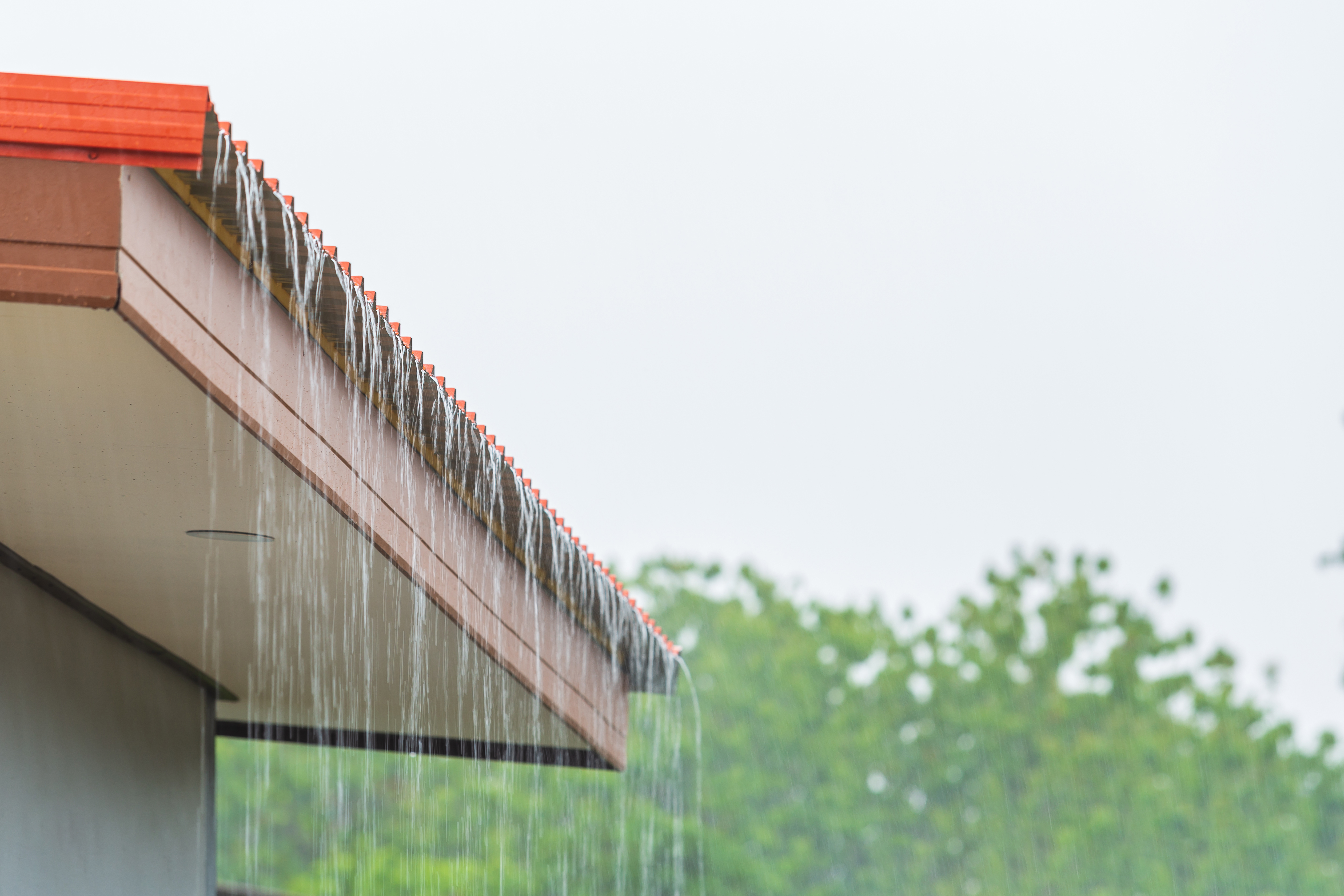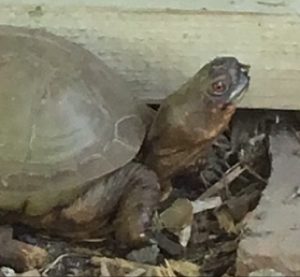Rain Water Harvesting
Water is our most precious resource. About 97 percent of the world’s water is too salty to serve the human and insect species because it is too salty. This leaves about 3 percent freshwater for man, animals and insects. Of that 3 percent of freshwater. only 1 percent is available to us because about 2 percent is tied up in the polar ice caps. It is incredible that more than 8 billion human, land animals and insects, along with all the plant kingdom and sustained on 1 percent of the water that is on our planet!
Water conservation seems to be catching on in the news and social media. Many water agencies are asking home owners to replace water loving grass with native plants which require less water. Water conservation is here to stay.
Some may actually question if we can do anything at all to make a difference, to ensure there will be water for future generations.
There is hope! How?
The technology that is used to build ponds and waterfalls can actually be used in times of drought. How? By the implementation of Rain Water Harvesting systems. Rain water harvesting dates back before recorded history. As early as 6000 BC, civilizations were capturing rain water and reusing it for irrigation. The Romans built and used cisterns throughout their empire. These cisterns were fed by a network of aquaducts and were used for drinking and irrigation. In modern times, we remember the rain barrels our parents used to capture rain water that fell on the roof, only to be used later to water herbs and flower gardens. The municipal water agencies came along and supplied inexpensive water for irrigation systems and the need for harvesting rain water became obsolete, or so we thought.
While rain barrels are a start in saving rain water for future reuse, modern methodologies from the pond world have improved on the standard above ground water tanks. Constructing underground cisterns saves valuable space for planting and hides the typical eyesore rain barrel. Above ground rain barrels are limited due to size constraints. The underground cistern is unlimited in its storage capacity due to the use of a recycles plastic tank (cube) that looks like a milk crate. The tanks typically hold a water storage capacity of 30 gallons or more. These tanks can be stacked in a Lego fashion. The tanks are designed strong enough to hold traffic type weight loads when engineered properly. You can install them under your driveway or even under aparking lot!
How much water can you save? on average, a 1000 square foot roof will yield about 625 gallons of rainwater for every one inch of rain! At this rate, a 1000 square foot roof in dry Los Angeles would yield close to 10,000 gallons of rainwater in one season.
With the cost of water prices rising, this is beginning to make more sense. Let’s say you would like to install a 500 gallon underground rainwater harvesting system in your back yard. You would begin by figuring out how many tanks you would need to accomplish your goal. If each tank held 30 gallons of water, you would need about 17 tanks to reach your target. Depending on the size of your tanks, you would need to dig a hole big enough to accommodate the tanks and accessories. You would begin by digging the hole and once this is finished, you would install a sand base to absorb future land movement. A geotextile fabric would then cover the sand, then the 45mm EPDM liner goes over the fabric. As a precaution, we like to add another layer of sand over the liner and another layer of geotextile fabric over the liner. At this point, you are ready to being installing the tanks.
Make sure that the tanks are installed according to manufacturers specifications as installing the wrong way could lead to tank malfunction. A "Well" consisting of at least 18" pipe gets installed standing Up and this will house your pump accessories as well as the autofill for dry years. The entire system is wrapped in geotextile fabric to make a "box" look. All is wrapped except for the "well". Once this part is done, you may begin to backfill with a 12 inch layer of sand on top of the system. Make sure to install an overflow pipe as insurance that you your yard will not flood in those "downpour" years! You have many different options as to how to make a final cover for your tanks. Perhaps you would like a patio on top? Or perhaps it makes more sense to locate your system under your driveway? How is rainwater retrieved? Through the use of an irrigation pump. It makes most sense if the irrigation pump is used to send water to drip irrigation. This way the most water
efficiency is achieved. Rainwater can be used with native or drought tolerant gardens and modern technology has given rise to the advent of vegetable gardens that recycle and reuse water!
In times of natural disaster, it may take weeks before first responders can help. You can live a while without food, but water is a daily essential! A full rainwater harvesting tank can make the difference in hard times.























